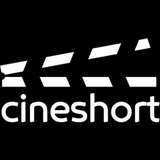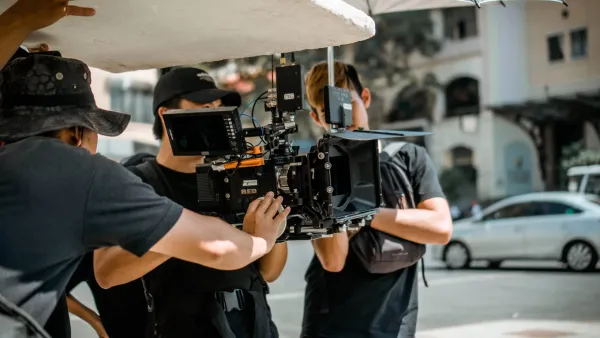Here's the Comprehensive Guide: Step-by-Step Short Filmmaking
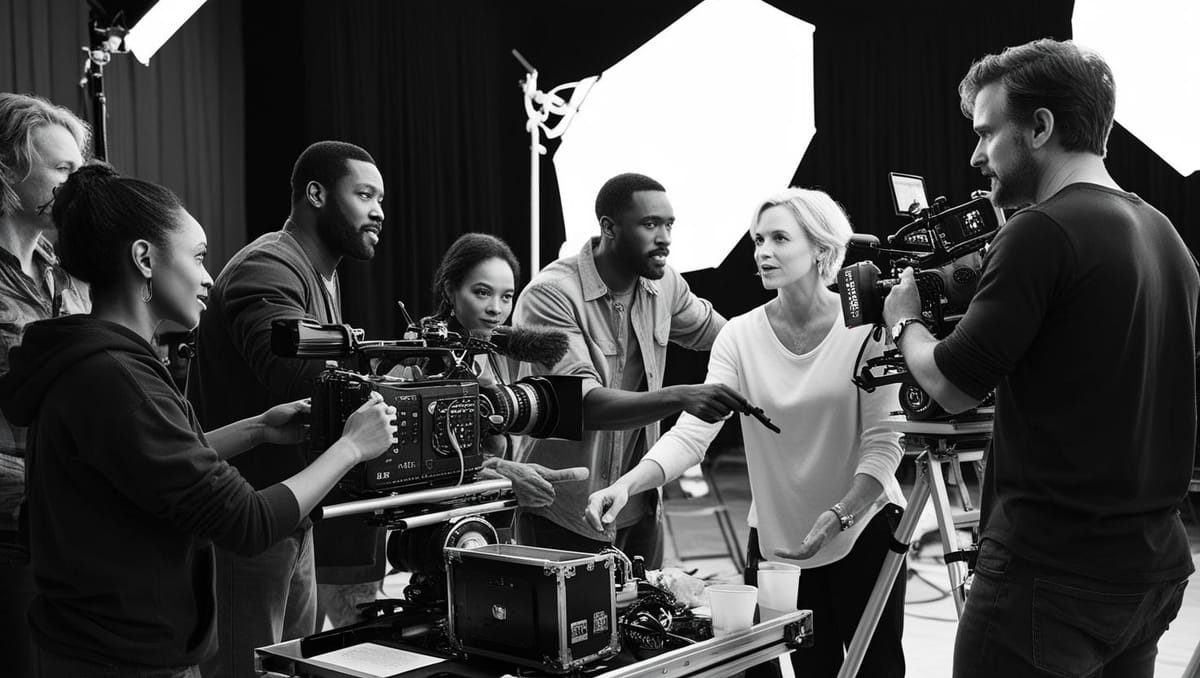
Making a short film is the first work of someone who has devoted themselves to cinema. This work has a rather magical aspect because it opens the door to a world of imagination that you don't know or have only been given at a technical knowledge level. In this imaginary world, you have the freedom and opportunity to convey any subject you want to the audience in any way you wish.
Definition and Brief History of Short Film
Cinema, as a visual art form, is a powerful tool for conveying emotions, subjects, and messages. In short films, this art is presented in a concentrated form, aiming to leave a powerful impact on the viewer. In this genre, where creativity needs to peak, the story, characters, and atmosphere that need to be told in a limited time are designed to deeply affect the viewer. A short film is like a small essence of cinema; it carries a meaning like its detail, its plan, its sound, and aims to increase the effect on the viewer.
A short film is generally a film type with a duration of 40 minutes or less. In this genre, the story and message to be told are given in a limited time frame. The story, screenplay, and acting are all concise. The message is intense. It focuses on a moment, a detail.
Short films are usually independent productions and can be shot on low budgets. However, this does not create a limitation on their creative value. Thus, short films are an excellent tool for experiencing the basic principles of cinema in a concentrated manner.
Short film has a history parallel to the birth of cinema. Towards the end of the 1890s, with the first inventions of the Lumière Brothers and Thomas Edison related to film technology, screenings in short film format began to be presented. The short film titled "Arrival of a Train at La Ciotat," created with 15 frames in 1895, is the first registered short film in the world. This film, with a duration of 55 seconds, created a great wave of excitement in its time.
The first examples of cinema were generally short films of a few minutes. From the beginning of the 20th century, short films have been recognized as a genre that contains all the elements and language of cinema. Since the 1930s, short films have been evaluated and awarded in separate categories in prestigious awards.
Today, short films can reach a wider audience thanks to festival screenings, digital platforms, and online sharing. Creative content producers present social messages through short films, show their films, and exhibit them in the medium they want. This format can also be preferred for taking the first steps into the world of cinema.
Stages of Short Film Production
1-Pre-production Stage
The pre-production or preparation stage is the longest and the one that needs the most detailed work for a short film. Because, as Alfred Hitchcock said, the film is essentially designed and finished on paper. The shooting stage is mere labor. The film is the result of good planning with all the details from start to finish. The quality of the film depends on the detailed design of the preparation process. There is always a good pre-production work at the foundation of the film.
The pre-production stage begins with the idea and screenplay writing. One of the critical stages of the short film production process is finding an effective idea. A short film is a type of film where you have a duration of up to 40 minutes maximum. Therefore, the screenplay and narrative language should be such that you can use this time in the most efficient way. At this stage, a social problem from life, a subject in your imagination, a moment, a short but meaningful story, or a detail of a broader story can be given as the subject of a short film.
The short film idea should be creative and original above all. We may not always find a new topic that no one has worked on, but we can work on the same topic that everyone else has worked on in our unique way and by pushing our creativity, in a unique way. We can achieve this originality by reading a lot and observing a lot. I can probably give you a little advice. At the end of the day, changing the outcome of an event that comes to mind and doing the exercise of "how could it have been" can help you find your creativity and freedom. Another preparation issue is whether the screenplay is suitable for shooting. A screenplay suitable for shooting and budget should be prepared.
There are certain things to pay attention to when writing a screenplay. First, after determining the subject, the characters are created in detail in terms of physical, psychological, and social aspects. Then, a story of the event, i.e., a synopsis, is created. When it comes to the detailing stage, the subject is expanded with a treatment. In the final stage, the screenplay written in what we call the American style, where each minute is one page, is brought to its final stage.
The following elements should be considered when writing a screenplay:
- Introduction: Quick introduction. The place, people, and event are quickly introduced to the viewer.
- Development: The internal or external change, conflict, struggle that the character experiences.
- Conclusion: Resolution of the conflict or a search for a solution.
After screenplay writing, the next step is budget work. In necessary cases, a budget can be created through sponsorship negotiations. After that, the equipment that will be needed is determined. Camera, lens, and lighting details are details that need to be planned very well. At this stage, storyboard work is quite important. It helps you to compile the whole process in your mind.
Actor selection, location determination, costume and makeup arrangements, shooting time determination are important and require good planning. For example, the season in which the film takes place can be used as a metaphor. Therefore, the light hitting the location in those seasonal conditions is important. This issue should be determined beforehand with a camera. Light and sound rehearsals must be done. These are issues that will reduce costs during the shooting phase. If possible, actor, costume, and hair rehearsals should be done. It's important for the actor to know the role they will be entering beforehand.
A set schedule, which is one of the must-have topics of the preparation process, should be created, and all issues that could affect this schedule process should be researched in advance. The set should be planned hour by hour. It should be known which team will come when, when the break will be given, what will be eaten at the meal, what the weather will be like. By creating a shooting plan, it determines which scene will be shot in which order. At the same time, this will also provide practicality.
A short film can sometimes be a production that can be shot with a limited location. However, if there are outdoor shots or extensive location options, the right locations need to be selected. Shooting in places where people are dense will always make your job more difficult.
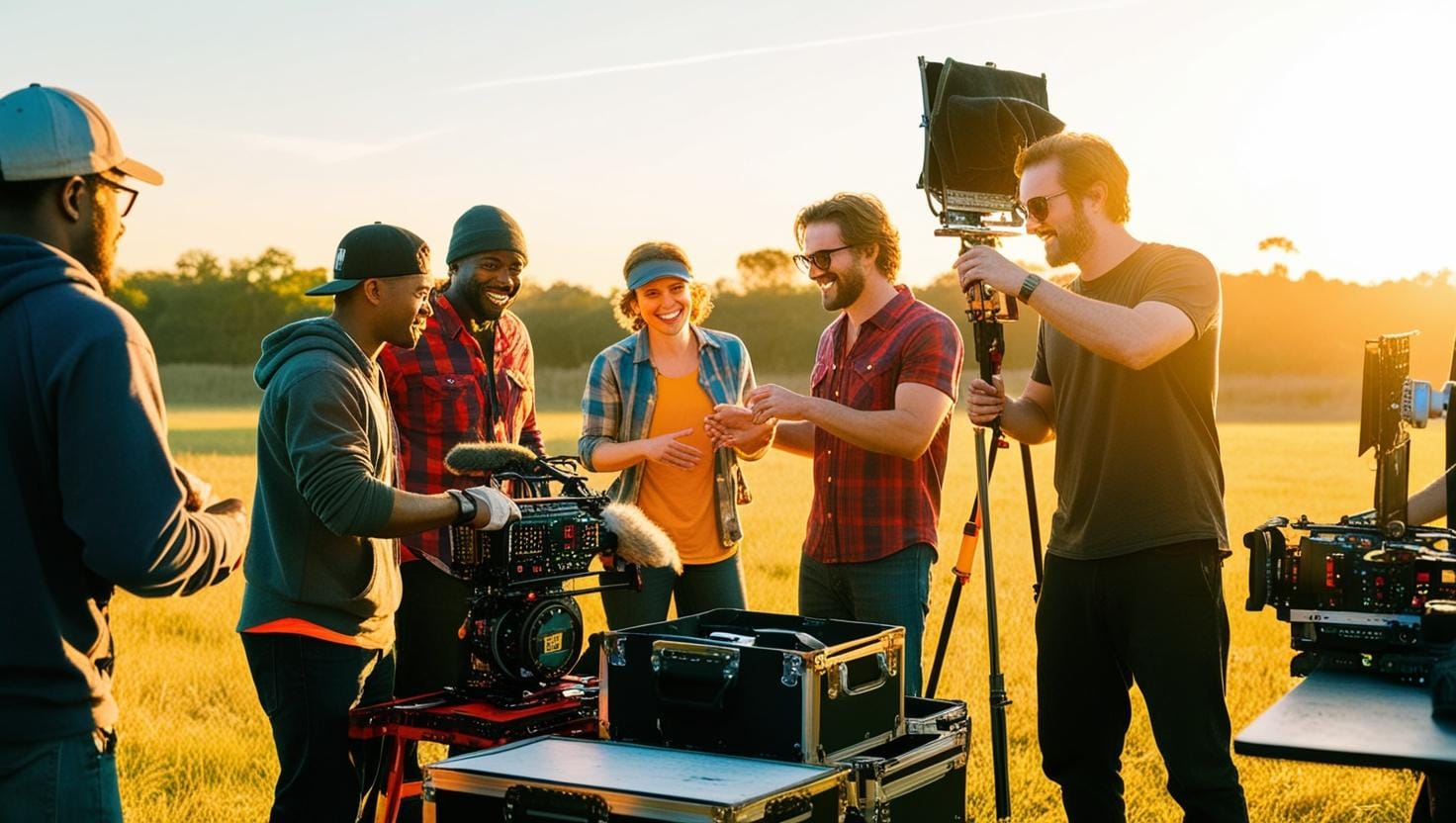
2-Production Stage
It is the time period in which all the details we prepared in the pre-production stage are applied. At this stage, all shooting operations are performed. With a well-prepared preliminary preparation, a short film can be shot in 1-2 days. The team formed at this stage is quite important. Working with people who understand each other's communication language well both makes the job easier and makes it enjoyable.
The shooting process is the stage where the screenplay comes to life and the creative process reaches its peak. The director shoots the film with great care in the way it is wanted in the screenplay, sometimes applying new techniques and taking initiative. Due to the time limit, everything unnecessary is thrown out. Sufficient repetition should be taken, and shots from different angles should be completed.
It should be taken into account that energy will decrease as the hours progress. If the location and decor allow, difficult scenes can be shot first, easy scenes later. According to the weather, outdoor shooting can be done early and indoor shooting late to avoid light problems. But this can also be a disadvantage in multiple locations. This should be taken into account during the planning phase. Be open to suggestions from the actor and technical team.
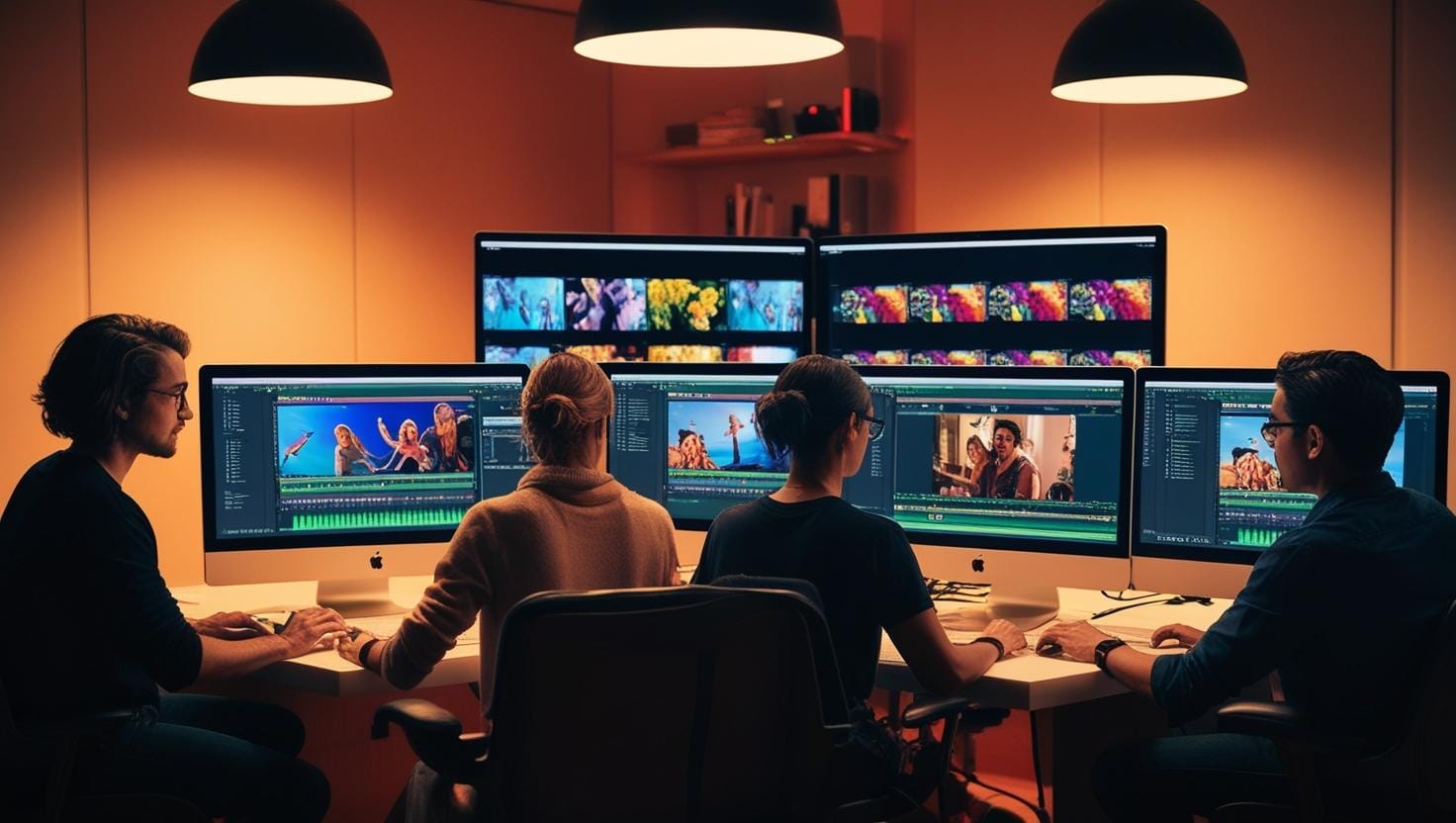
3-Post-production Stage
After the completion of the shooting, the final stages of the film are done in the post-production stage. This process is the editing part of the job. Short film editing is the process of turning raw footage shot piece by piece into a story and is one of the most important techniques. During the editing stage, scenes are combined, unnecessary scenes are cut. One of the most important elements to pay attention to in editing is to make an edit that is compatible with the whole in the screenplay. A decision is made on the most suitable shot among the repetitions. After that, we move on to the sound work stage. Foley, sound effect, music, etc. are added to complete the sound work.
Music selection is also quite important during this time. It should be appropriate for the message intended to be given in the short film and the theme of the film. Music will enhance the effect of the film and facilitate the transition of emotion to the viewer.
In the VFX stage, if it will be used, visual effects, if not, environmental arrangement is done as desired. All visuals can be redesigned or removed.
At the end of all these, the film ends with the color work phase. The film, in which all color adjustments are made, is ready for the final edit, and the final is obtained.

4- Short Film Distribution: How You Can Monetize Your Film
One of the key challenges for filmmakers is finding ways to monetize their short films. Platforms like Cineshort offer an exceptional opportunity for directors to not only showcase their work to a global audience but also generate revenue from their creations.
Cineshort is dedicated to supporting independent filmmakers by providing a platform where short films can reach an engaged audience. By joining Cineshort, directors can benefit from the platform’s unique monetization model, including revenue sharing and performance-based rewards. This allows filmmakers to earn income while gaining exposure and building their audience.
Monetizing your film is crucial not only for financial sustainability but also for funding future projects and improving production quality. It empowers directors to continue their creative journey without being constrained by budget limitations. Furthermore, by receiving financial support for their work, filmmakers can focus on innovation and storytelling, ultimately elevating the quality of the short film industry as a whole.
With Cineshort, directors gain access to a global community of cinephiles and industry professionals, helping them build recognition and credibility in the film world. The platform’s flexible revenue models, such as performance-based payouts and premium subscription incentives, provide a sustainable path for filmmakers to thrive.
By embracing platforms like Cineshort, filmmakers can turn their passion into profit and continue to push the boundaries of cinematic art.
The Impact of Creativity on Short Film
One of the most important topics in short filmmaking is creativity. The role of creativity in short filmmaking is quite critical. The creative process in a short film directly conveys emotion to the viewer's perception and imagination in a limited amount of time. To tell a powerful story in a short time period, creative thinking is much more important than technical knowledge.
In short filmmaking, producers often have to emphasize creativity and apply minimalism in storytelling because they usually produce with limited budgets. Sometimes, an entire story can be created with just a few characters or one location. Short film offers a more free space to producers with such creative moves. However, the person making the film needs to turn these constraints into opportunities. This means that everything that is limited can be an opportunity to create a new approach.
Creativity is one of the biggest elements that stand out in short films. Creativity can be emphasized in screenplay writing and visual narrative by using different narrative techniques. Classical cinema narrative can be externalized, and the use of abstract visuals, symbols, or metaphors is a creative method commonly found in short film.
Storytelling and Depth of Meaning in Short Film
The storytelling of a short film is much more intense and deep. It requires that every scene, dialogue, and visual have meaning within the limited time the film is presented. The film producer usually starts with an impressive opening scene to quickly involve the viewer in the story and quickly focuses on character development and the main theme. Where necessary, they benefit from metaphor and involve the viewer in the film in a short time.
The meaning of a short film, creating depth, comes from associating it with the right themes and the realization of the characters' inner journeys. In a short film, the screenplay usually carries a main idea and message. There can be no short film without a message. This message is processed in a way that will evoke a single emotional response from the viewer.
In a short film, due to time constraints, the flow of events, the "solution" or "turning point" is presented to the viewer in a dramatic way in a short time. Productions in this genre aim to reflect a thought, emotion, or situation to the viewer rather than a more direct event or story. Presenting meaning in layers is one of the strongest aspects of short films. Therefore, when making the film, there is a race against time, and the story is enriched with symbols and metaphors to create a deep meaning.
The creative process of a short film is shaped by the determination of technical elements as well. Technical elements such as camera angles, lighting, sound design, and editing deeply affect the atmosphere and narrative of the short film. At this point, having technical effects in the film is important for producing a more powerful and impressive work.
In a short film, every frame has a meaning. When making the film, you should skillfully use camera angles, color palettes, and compositions to give the strongest message in a very short time. A frame carries a layer of meaning and visualizes the understood story. In each minute, the story should be conveyed to the viewer without extending events, unnecessary staring, and repetitions.
Conclusion
Short filmmaking is a journey that encompasses many stages, from creative processes to technical details. In short filmmaking, every stage is work done for the film to have an impressive and emotionally strong transfer. A process that starts with a good idea is crowned with correct planning, teamwork, technical knowledge, and a careful post-production process. Short filmmaking is a work that requires learning and development at every stage and creates many opportunities for filmmakers.
It's good that short film platforms exist, and these wonderful short films can meet with the audience. Short films should definitely be supported, and the wonderful niche audience of short films should embrace these films. As long as you watch, these wonderful films will continue to be made.
Short film is the most impressive way for a director to convey their emotional world or a social problem they have observed and the solutions to that problem to the viewer. Short film is a type of film that can be easily produced due to its low cost, fewer actors, and less spatial expenses. Therefore, with many films to be produced, countless thoughts, social problems, and a solution path we can recommend, if any, can be conveyed to the viewer. Short film is a very important and impressive tool in our hands. With this tool, we can face problems, empathize, and discuss solutions. In short, we feel.
